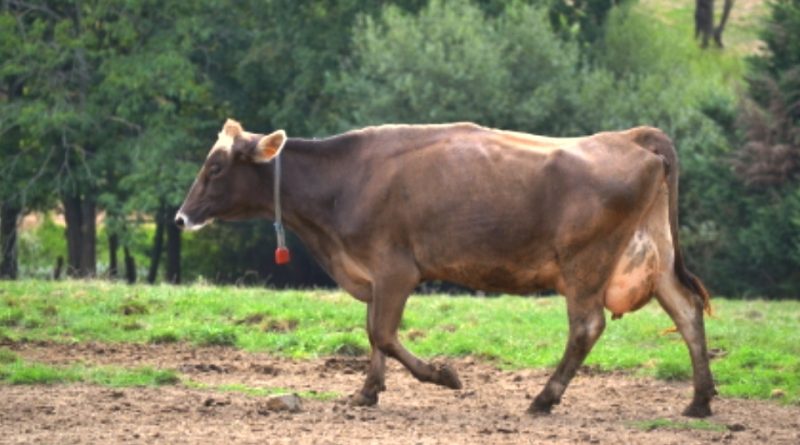French Brown
French Brown
The French Brown is a bovine breed (Bos taurus Linnaeus, 1758) bred in the mountainous areas of France, in a dual attitude.
Systematics –
From a systematic point of view, it belongs to the Eukaryota Domain, Animalia Kingdom, Subgenus Eumetazoa, Superphylum Deuterostomia, Phylum Chordata, Subphylum Vertebrata, Infraphylum Gnathostomata, Superclass Tetrapoda, Class Mammalia, Subclass Theria, Infraclass Eutheria, Superorder, Laurasiatheria, Clade Ungulata, Order Artiodactyla, Suborder Ruminantia, Infraorder Sheep, Family Bovidae, Subfamily Bovinae and then to the Genus Bos, to the Taurus Species and to the French Brown Breed.
Geographical and area distribution –
The French Brown is a bovine breed that is bred in purity in the mountainous areas of France, in the area of the south west of the Massif Central and in the north of the Pyrenees.
Origins and History –
The French Brown was introduced in France starting from 1830. In recent times this breed has been improved through crosses with the Browns coming from the United States. The Genealogical Book of this breed was established in 1922.
Morphology –
The French Brown is characterized by a coat with a light brown color that appears darker in the bull.
The muzzle is black with a white halo. The horns are short, clear and black at the tip.
The calves are characterized by having a gray color up to the age of three months.
They are animals of good conformation with height and weight greater than the Bruna Switzerland.
The adult cows have a weight that is around 600-700 kg and a height of 135-140 cm.
Production aptitude –
This breed has a predominantly milk production with fairly good meat production; in general it has a good balance of the milk / meat ratio, even if the aptitude for milk production tends to prevail. The average production of controlled cows (with 1987 data) is 6,095 kg, with fat 3.74%, proteins 3.33%.
The milk of French Brown is characterized by a type of casein that provides a higher cheese yield than that of other cows. Moreover, it coagulates more quickly and produces a dense and resistant curd.
Guido Bissanti
Sources
– Wikipedia, the free encyclopedia.- Roberto Parigi Bini, 1983. The cattle races, Pàtron editore, Bologna.- Daniele Bigi, Alessio Zanon, 2010. Atlas of native breeds. Cattle, horses, sheep and goats, pigs bred in Italy, Edagricole-New Business Media, Bologna.

